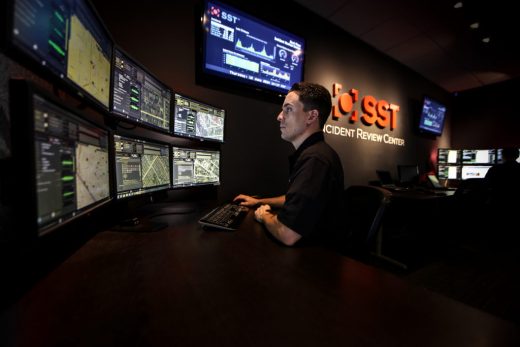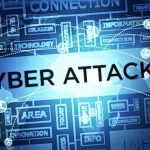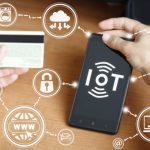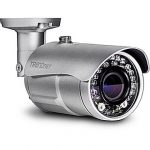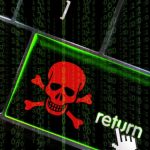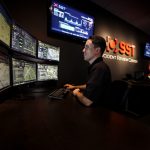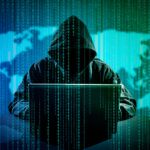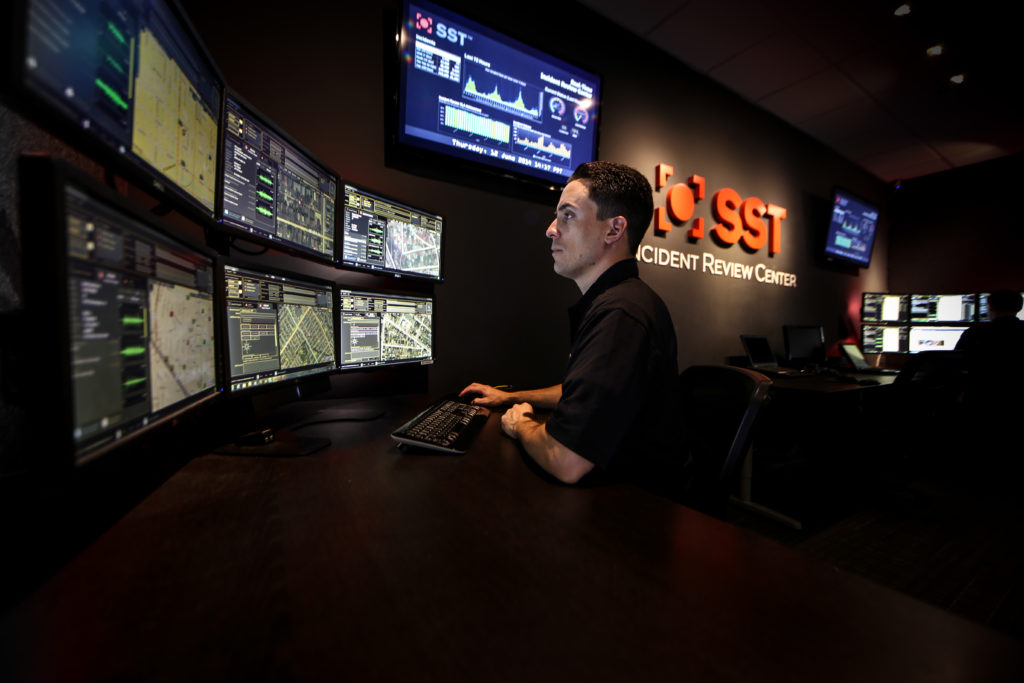Can IoT prevent gun violence across America’s cities?
Can IoT prevent gun violence across America’s cities?

Local municipalities are increasingly turning to smart city technology to reduce public crime through efforts such as connected lighting, targeted surveillance and data assets.
One of the more innovative smart solutions is ShotSpotter, a gunshot detection, acoustic surveillance technology that uses sensors to detect, locate and alert law enforcement agencies of illegal gunfire incidents in real time. I spoke to CEO, Ralph A. Clark to learn more.
How does it work?
ShotSpotter uses acoustic sensors that are strategically placed in an array of 15-20 sensors per square mile in order to reliably detect and accurately triangulate gunshot activity. Each sensor captures the precise time, location, and audio snippet associated with boom and bang sounds (impulsive noise) that may represent a gunshot. This data is first filtered by sophisticated machine algorithms that are then further qualified by experts at the 24×7 Incident Review Center at ShotSpotter to ensure the events are in fact gunfire. As Clark explained:
“We have machine classification techniques that we use that can automatically filter out local noises that aren’t gunshots. And then we process the data through our incident review center. Typically gunfire can be heard as far away as a mile, (unlike fireworks and car backfire) It’s a very distinct noise that has certain sharpness and features that we can extract. Then there’s also the idea of how our sensors participate in the solution. With gunfire you frequently find that the sensor participation is directional. So, it typically happens in a northeast fashion versus a firework which tends to be much more omnidirectional and where the sensor participation will be 360 degrees.”
Additionally, Shotspotter can append the alert with any other critical intelligence such as whether a fully automatic weapon was fired. This process takes less than 45 seconds between the actual shooting and the digital alert (with a precise location dot on a map) popping onto the screen of a computer in the 9-1-1 Call Center.
Clark noted that Shotspotter had two different use cases:
“One is kind of a policing, public safety solution. Which you think of in terms of square miles of coverage. to deal with ongoing, urban violence. The other use case is security use case where you are covering much smaller area and more concerned with the unthinkable happening like an active shooter situation (such on a school campus). It’s more of an alarm type of solution for the rare, if ever, event of an active shooter, And I would say our technology worked very well in both those situations, I mean we’re in the business of detecting, locating and alerting on gun violence in real time and there’s no other company in the world that has our amount of experience dealing in this area in the urban environment.”
What is the impact on crime statistics and gun violence?
I was curious to learn about how the detection of gun activity could reduce the incidence of gun violence. As Clark discussed:
“When you understand how pervasive the problem of gun violence is in many of our cities, there’s certainly a deterrent aspect when you can can expect a very quick and precise response anytime someone fires a gun. This means that communities suffering from gun violence now begun to see a much more precise, more coordinated respectful response by police to the event. It changes the relationship because now you have communities that aren’t afraid to provide that little bit of insight or intelligence of who they think might be involved in these situations and help police identify and intercept them before they hurt and kill somebody.
The other thing about gun violence that is not very well understood by most people is that actually very few people that are driving most of the gunfire. This is not a problem of an entire community where everybody has a gun and everybody shooting. It’s more likely the case that 60 to 70 percent of the Gun violence being perpetrated by a handful of individuals. Like 10 or 20 people, and to deter and prevent and intercept even a small number of those even smaller number of folks that are involved means we see a reduction in shooting.”
In New York alone, since deploying ShotSpotter in March 2015, ShotSpotter provided 1,672 alerts on where guns went off, 74% of which, weren’t reported by 911. Cops said ShotSpotter helped recover 32 firearms, including 13 on cases with no 911 call, and has led to 21 arrests. Eight of those arrests had no 911 call.
See also: Can a blockchain- IoT hybrid finally give us smart guns?
Currently, federal homicide prosecutors are using ShotSpotter analysis and evidence to determine if a gunshot has, or has not occurred, the location of the gunshot, and the precise location of the shooting. SST has been admissible in court cases in 17 states as well as in federal court. Financially, Shotspotter is funded through city and police budgets and “often there’s funding that comes from different federal agencies like the ATF, Department of Homeland Security, or even HIVE they have funds for security that they use to make safer neighborhoods.” Currently, it’s deployed in over 90 cities around the world including San Francisco, Kansas City, and Boston.
Interestingly, the company has also been doing some work on conservation in Africa to deter rhino poaching and blast fishing — where explosives are uses in place of nets or fishing line, in effect killing the coral reef as well as the sea life. Shotspotter is a great example of how sensor technology and data analytics can respond to a complex social problem.
The post Can IoT prevent gun violence across America’s cities? appeared first on ReadWrite.
(24)

